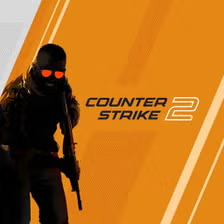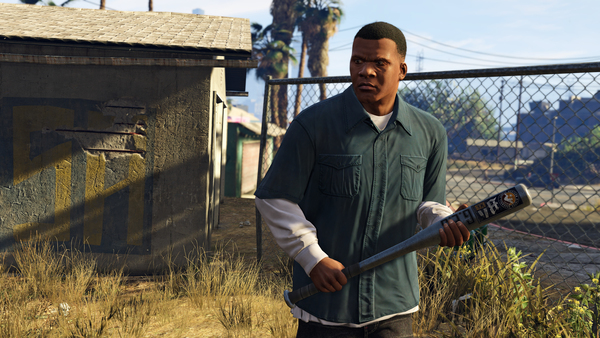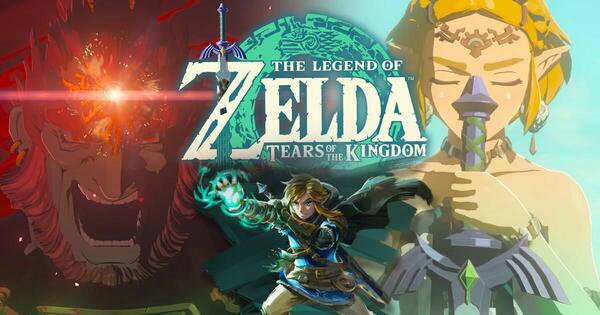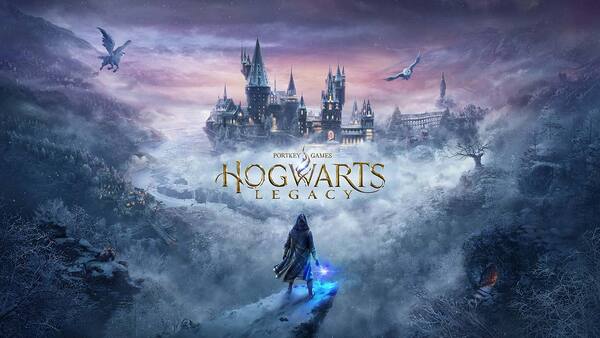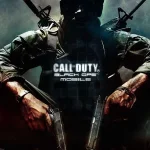Since its debut in 2003, Call of Duty® has become one of the most successful and influential video game franchises in history. Spanning over 20 core titles, multiple development studios, and billions of dollars in revenue, the franchise has continually evolved to reflect shifting trends in the gaming industry, real-world military conflicts, and player expectations. From its roots in World War II realism to futuristic warfare and the global success of Warzone, Call of Duty has redefined what a first-person shooter can be.
This article will explore the full history of Call of Duty, arranged by timeline and thematic significance, with detailed insights on its impact, design philosophy, and reception.
The Birth of Call of Duty® (2003–2004)
The original Call of Duty, developed by Infinity Ward and published by Activision, was released in 2003 and instantly became a landmark in the WWII shooter genre. Unlike its competitors, such as Medal of Honor, it focused on squad-based gameplay and immersive sound design, making players feel like they were part of a larger conflict rather than a lone hero.
The game introduced multiple perspectives—American, British, and Soviet soldiers—allowing players to experience different sides of the war. It emphasized realism through detailed environments and historical weaponry, setting a new benchmark for authenticity in war-based games.
Infinity Ward’s commitment to storytelling and cinematic presentation helped the game win numerous awards and established Call of Duty as a franchise with serious potential.
Expanding the Theater: Call of Duty® 2 and 3 (2005–2006)
Call of Duty 2 built upon its predecessor by enhancing visual fidelity, expanding campaign missions, and improving AI. Released as a launch title for the Xbox 360, it played a significant role in popularizing first-person shooters on next-generation consoles.
Call of Duty 3, developed by Treyarch, continued the World War II setting and focused heavily on large-scale battles and immersive battlefield environments. The game introduced drivable vehicles and more advanced physics. It also marked the beginning of the annual release cycle, with Treyarch and Infinity Ward alternating development duties.
Though both games were well-received, some critics noted the repetitive nature of the WWII setting. However, fans appreciated the incremental improvements and gripping single-player campaigns.
A Modern Revolution: Call of Duty® 4 – Modern Warfare (2007)
Call of Duty 4: Modern Warfare represented a seismic shift in the franchise. Abandoning the historical settings, the game brought players into the modern era of global conflict, with a gripping fictional narrative involving terrorism, nuclear threats, and covert operations.
The multiplayer system in Modern Warfare revolutionized online gaming. With features like killstreaks, perks, weapon attachments, and prestige leveling, it became the blueprint for modern FPS multiplayer systems. It also introduced a cinematic flair to both its campaign and multiplayer arenas.
The game was a commercial and critical triumph, receiving near-universal acclaim and winning numerous Game of the Year awards. Modern Warfare didn’t just refresh Call of Duty—it redefined it.
War on a Global Scale: Modern Warfare 2 and 3 (2009–2011)
Following the breakout success of Modern Warfare, Infinity Ward released Modern Warfare 2 in 2009, escalating the stakes with a controversial and emotionally intense campaign. Set across various global hotspots, the game featured the infamous “No Russian” mission, which ignited debate about violence in video games.
The multiplayer expanded with new killstreak systems, customizable loadouts, and larger maps. With over-the-top action and high production values, MW2 solidified Call of Duty as an industry leader.
Modern Warfare 3 followed in 2011, concluding the trilogy with massive set pieces and a multiplayer suite refined from previous titles. These games marked the peak of Call of Duty's global dominance during the Xbox 360 and PS3 era.
The Cold War and Zombies Legacy: Black Ops Series (2010–2012)
Treyarch introduced a new sub-franchise with Call of Duty: Black Ops in 2010. Set during the Cold War, it explored themes of brainwashing, espionage, and covert military operations. The game had a grittier tone and more psychological storytelling, resonating with players who wanted a deeper narrative experience.
Black Ops also introduced a more complex and robust Zombies mode, expanding from its debut in World at War. This cooperative survival mode gained a cult following, with players solving elaborate Easter eggs and exploring horror-themed storylines.
Black Ops II (2012) innovated further with branching storylines, future warfare settings, and improved multiplayer progression systems. The series was now not only about military action but also narrative experimentation.
Into the Future: Advanced Warfare, Infinite Warfare, and Exo-Suits (2013–2016)
As player interest in traditional war settings began to wane, the franchise pivoted toward futuristic combat. Call of Duty: Advanced Warfare (2014), developed by Sledgehammer Games, introduced exo-suits, vertical movement, and energy weapons, dramatically changing how players moved and fought.
Call of Duty: Infinite Warfare took the franchise into outer space, with zero-gravity combat and starship battles. Though technically impressive, the futuristic setting alienated many long-time fans. Meanwhile, Black Ops III retained the sci-fi theme but found more success by refining its Zombies and multiplayer systems.
This era showcased the franchise’s willingness to innovate, even if the reception was mixed. Some players appreciated the bold experimentation, while others yearned for a return to classic military realism.
Returning to the Past: Call of Duty® WWII (2017)
In response to fan demand, Call of Duty: WWII marked the series' return to its World War II roots. Developed by Sledgehammer Games, the game featured a grounded, narrative-driven campaign focused on brotherhood and sacrifice.
Multiplayer stripped away advanced movement mechanics in favor of "boots-on-the-ground" combat. The game also introduced a social space called Headquarters, where players could interact, train, and complete challenges.
Though not revolutionary, WWII was praised for its respect toward history and return to traditional gameplay. It provided a palette cleanser after years of futuristic experiments.
Modern Warfare Reboot and the Launch of Warzone (2019–2020)
Infinity Ward rebooted the Modern Warfare sub-franchise in 2019 with a more realistic, morally complex campaign. It addressed modern terrorism, urban warfare, and civilian casualties with a tone that was more grounded and reflective.
The game also introduced a new engine, dramatically improving visuals, sound, and mechanics. Gunplay became more weighty and tactical, appealing to both casual players and competitive gamers.
In 2020, Activision launched Call of Duty: Warzone, a free-to-play battle royale mode that quickly became a cultural phenomenon. With over 100 million players, cross-platform support, and regular updates, Warzone became one of the most-played FPS titles in the world.
The Cold War Continues and Vanguard’s Global Campaign (2020–2022)
Treyarch’s Black Ops Cold War brought the franchise back to the 1980s, focusing on espionage and political intrigue. It blended real-world figures with fiction, adding a fresh layer of historical immersion.
Meanwhile, Call of Duty: Vanguard attempted a new take on WWII, exploring lesser-known theaters of war. While the campaign introduced diverse characters and multiple fronts, the game was criticized for playing it safe and lacking innovation in multiplayer.
Both games integrated with Warzone, creating a shared ecosystem that supported cross-progression, seasonal content, and unified weapon systems. This model enhanced replayability but also created balance issues due to differing gun mechanics between games.
The Modern Era Refined: Modern Warfare II and Warzone 2.0 (2022–2024)
Modern Warfare II (2022) continued the rebooted narrative with fan-favorite characters like Ghost and Soap, delivering a cinematic experience with high tactical realism. The campaign offered more sandbox-style levels, while multiplayer refined movement, time-to-kill, and map flow.
Warzone 2.0 launched shortly after, featuring new maps, game modes like DMZ, and a more refined loot and armor system. Although the initial reception was mixed, continued updates have improved balance, map design, and pacing.
This era reflects a maturing franchise that balances nostalgia, innovation, and live-service gaming. The franchise remains a juggernaut, consistently topping sales charts and dominating digital spaces.
Conclusion: The Enduring Legacy of Call of Duty®
Call of Duty® is more than just a video game series—it’s a reflection of how interactive entertainment has grown, adapted, and responded to global trends. From historical accuracy to speculative fiction, from small-scale firefights to massive online arenas, Call of Duty has continually evolved without losing its identity.
As the franchise moves forward with newer entries, deeper integrations, and more expansive gameplay modes, it continues to shape the shooter genre and gamer expectations alike. Few franchises can claim the same level of consistency, influence, and financial success across two decades.
Whether you're a fan of the original WWII campaigns, the heart-pounding action of Modern Warfare, or the high-stakes thrill of Warzone, Call of Duty has offered something for nearly every kind of player.













